Mullein is an impressive plant when the growing circumstances are right. In West Virginia, it is common to see it along side the roads (especially in places where the ground was recently disturbed), but those plants are often 3-4 feet tall. The ones that manage to find ground in my yard reach over 7 feet some years.
The plants are low to the ground the first year, and are broad formation of soft leaves that look like velvet. This is also called Flannel Plant because of the texture. Historically, Medieval Herbal Remedies lists it as Feltwyrt (p181), while Leechcraft notes that Feltwyrt is a different plan know as Fieldwort (Gentian). During the second year the plant shoots upwards and this is when it can reach those spectacular heights that culminate in a stalk of brilliant yellow flowers.
The plant is native to Europe and Eurasia, but is naturalized in the US (Peterson’s Medicinal Plants, 158-159). This source also notes that there is some modern scientific evidence that this plant is medicinally useful. I will not go into modern usage here, as this is an SCA blog and as such is focused on period medicine practices, but I do recommend that you look more into this plant if you find this interesting.
The plants are low to the ground the first year, and are broad formation of soft leaves that look like velvet. This is also called Flannel Plant because of the texture. Historically, Medieval Herbal Remedies lists it as Feltwyrt (p181), while Leechcraft notes that Feltwyrt is a different plan know as Fieldwort (Gentian). During the second year the plant shoots upwards and this is when it can reach those spectacular heights that culminate in a stalk of brilliant yellow flowers.
The plant is native to Europe and Eurasia, but is naturalized in the US (Peterson’s Medicinal Plants, 158-159). This source also notes that there is some modern scientific evidence that this plant is medicinally useful. I will not go into modern usage here, as this is an SCA blog and as such is focused on period medicine practices, but I do recommend that you look more into this plant if you find this interesting.
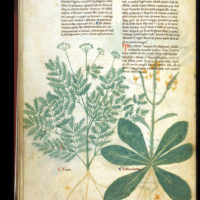 15th century image of Mullein (right side) from m f. 101v of Tractatus de herbis (Herbal); De Simplici Medicina.
15th century image of Mullein (right side) from m f. 101v of Tractatus de herbis (Herbal); De Simplici Medicina. The Old English Herbarium has Mullien having such properties as rendering someone carrying it fearless in face of terror or if approached by wild beasts (Medieval Herbal Remedies, p181). Another use is as a cure for gout that is rendered by bruising the leaves and placing the plant on the sore spot whereafter the patient will be able to walk in a few hours.
This leads me to something I have been wondering since the outset of this project. Often there is nothing to distinguish whether a plant might be needed fresh or dried for it to be deemed useful. This has led me to wonder if some remedies were only available in the summer. For this example, that the leaves need to be bruised is key. That indicates a fresh plant. Fortunately for medieval people, the leaves of the first year plants often remain green in the winter (second year will dry up after flowering).
n her work, Hildegard notes that Mullien cooked with meat and “no other seasoning” and eaten often will strengthen the heart and make one happy. For a hoarse voice or soar throat with pain in the chest, cook the Mullien with an equal amount of fennel in good wine, straining through a cloth and drinking often. (p115)
As mentioned before, the book Leechcraft discusses possible confusion with this plan an a variety of others. It notes that an early English plant named “molin” is another item that could be our modern Mullien, and that this plant had sedative properties and was used widely for centuries for coughs and diarrhea and as lamp wicks. (P142)
That last is one thing that I have read over and over in folklore or entries online for this plant. This fascinates me. I have seen references to it being used by miners in the US as torches, by ancient Roman’s to light the way in funeral processions and it being supposedly used by witches. None of these sources were particularly academic, but I still am very intrigued. I have seen it mentioned that they are dipped in tallow, wax or oil to produce the Mullien torch. I have collected some stalks and plan to test them with both beeswax and olive oil. The hope is to test these out at some point this week.
I also have gathered some leaves and will be drying them to add to the apothecary that I am building.
This leads me to something I have been wondering since the outset of this project. Often there is nothing to distinguish whether a plant might be needed fresh or dried for it to be deemed useful. This has led me to wonder if some remedies were only available in the summer. For this example, that the leaves need to be bruised is key. That indicates a fresh plant. Fortunately for medieval people, the leaves of the first year plants often remain green in the winter (second year will dry up after flowering).
n her work, Hildegard notes that Mullien cooked with meat and “no other seasoning” and eaten often will strengthen the heart and make one happy. For a hoarse voice or soar throat with pain in the chest, cook the Mullien with an equal amount of fennel in good wine, straining through a cloth and drinking often. (p115)
As mentioned before, the book Leechcraft discusses possible confusion with this plan an a variety of others. It notes that an early English plant named “molin” is another item that could be our modern Mullien, and that this plant had sedative properties and was used widely for centuries for coughs and diarrhea and as lamp wicks. (P142)
That last is one thing that I have read over and over in folklore or entries online for this plant. This fascinates me. I have seen references to it being used by miners in the US as torches, by ancient Roman’s to light the way in funeral processions and it being supposedly used by witches. None of these sources were particularly academic, but I still am very intrigued. I have seen it mentioned that they are dipped in tallow, wax or oil to produce the Mullien torch. I have collected some stalks and plan to test them with both beeswax and olive oil. The hope is to test these out at some point this week.
I also have gathered some leaves and will be drying them to add to the apothecary that I am building.
Persona Summary:
List of Resources can be found HERE
- This plant existed in 14th Century England, though the English sources are ambiguous as to which plant is which where this is concerned. It was used and noted elsewhere so it is quite possibly something that would have been known
- Plausible foraged or cultivated medicinal source (add to my personal apothecary)
- Test out how well the flower stalks work as torches
- Test out Hildegard's recipes for both sore throat and as an additive to meat merely to see how the concoctions taste: COMPLETE. You can see the post about this HERE.
List of Resources can be found HERE
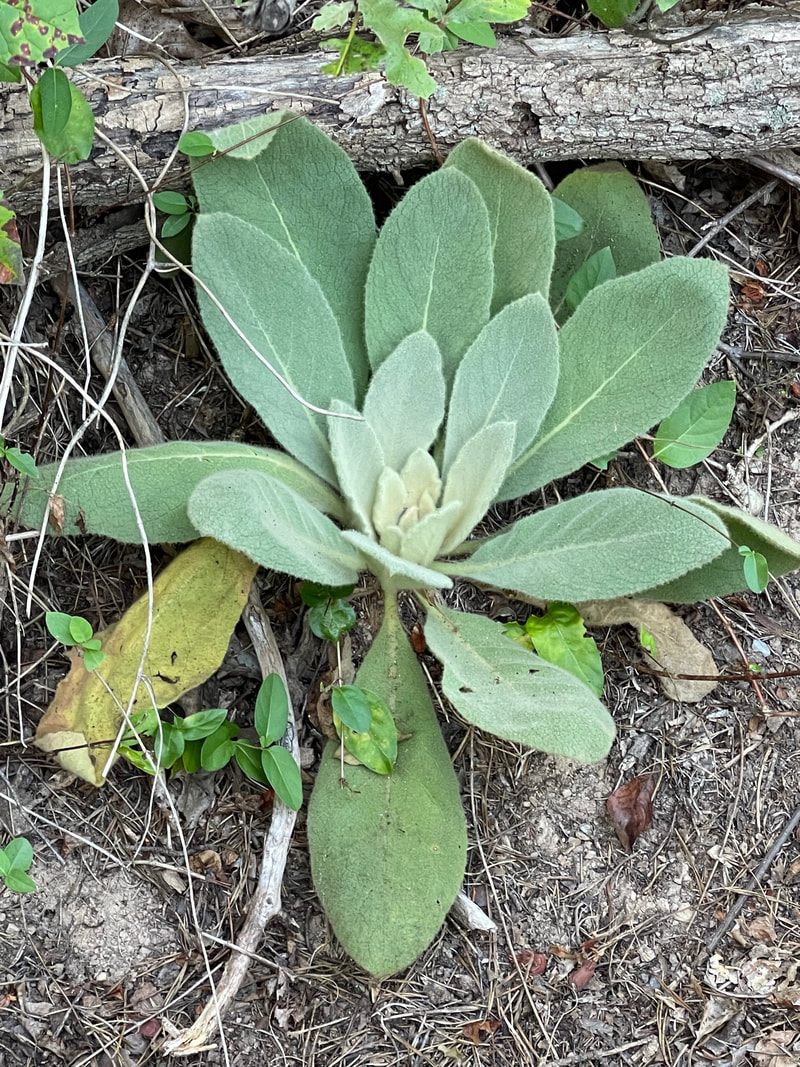
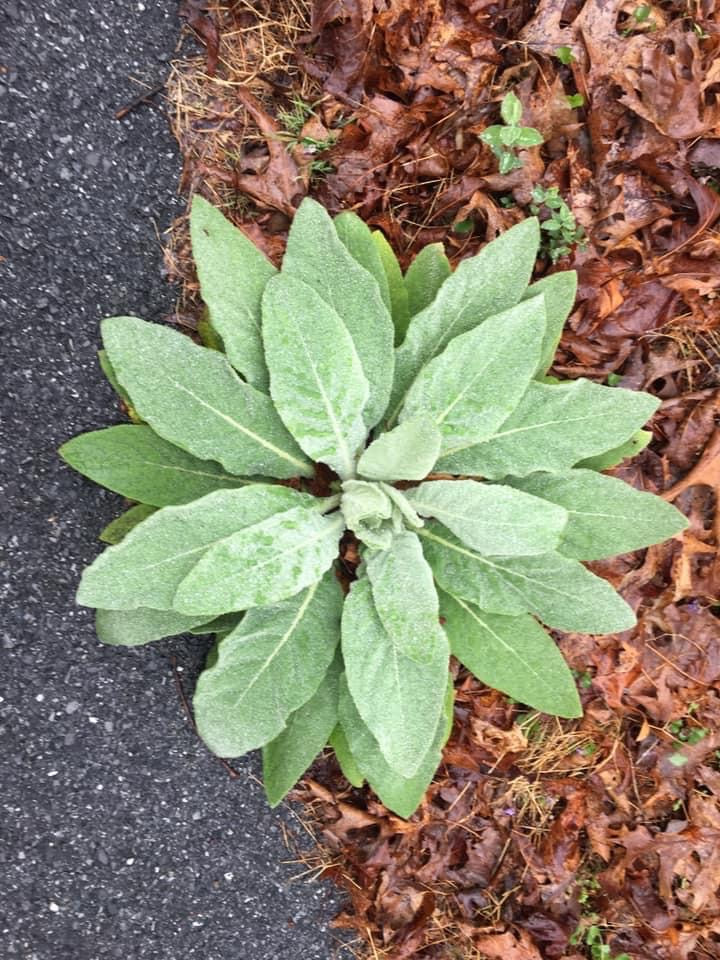
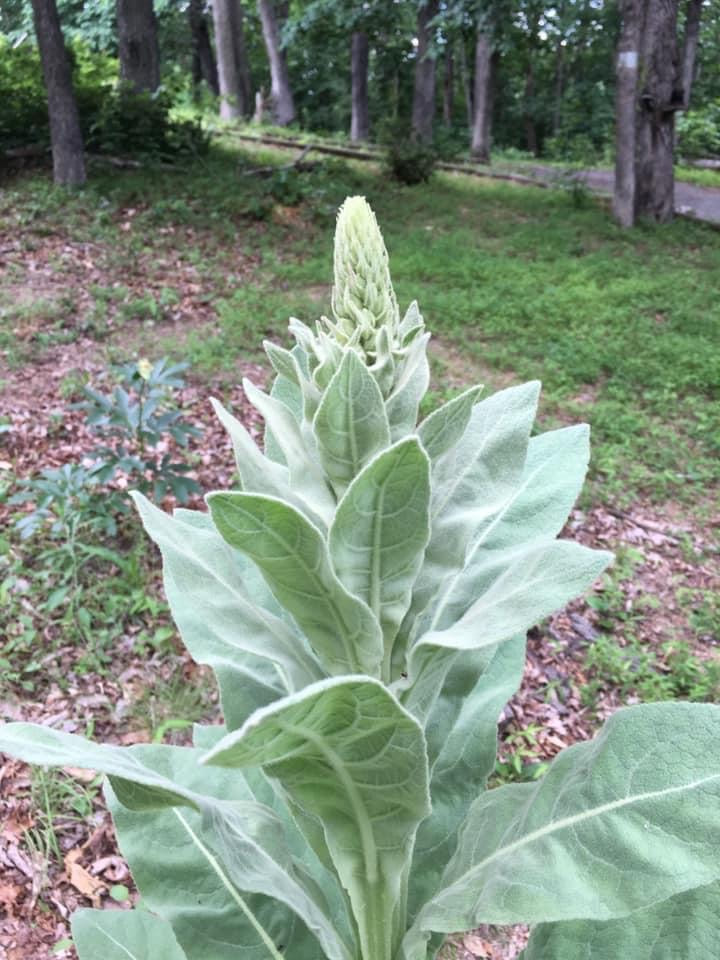
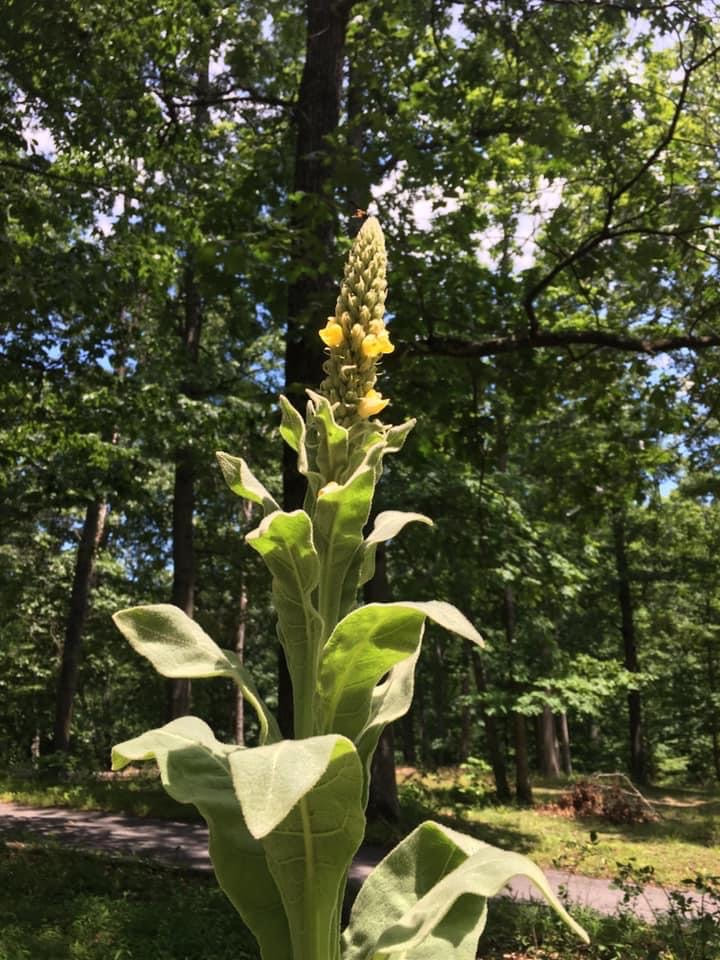
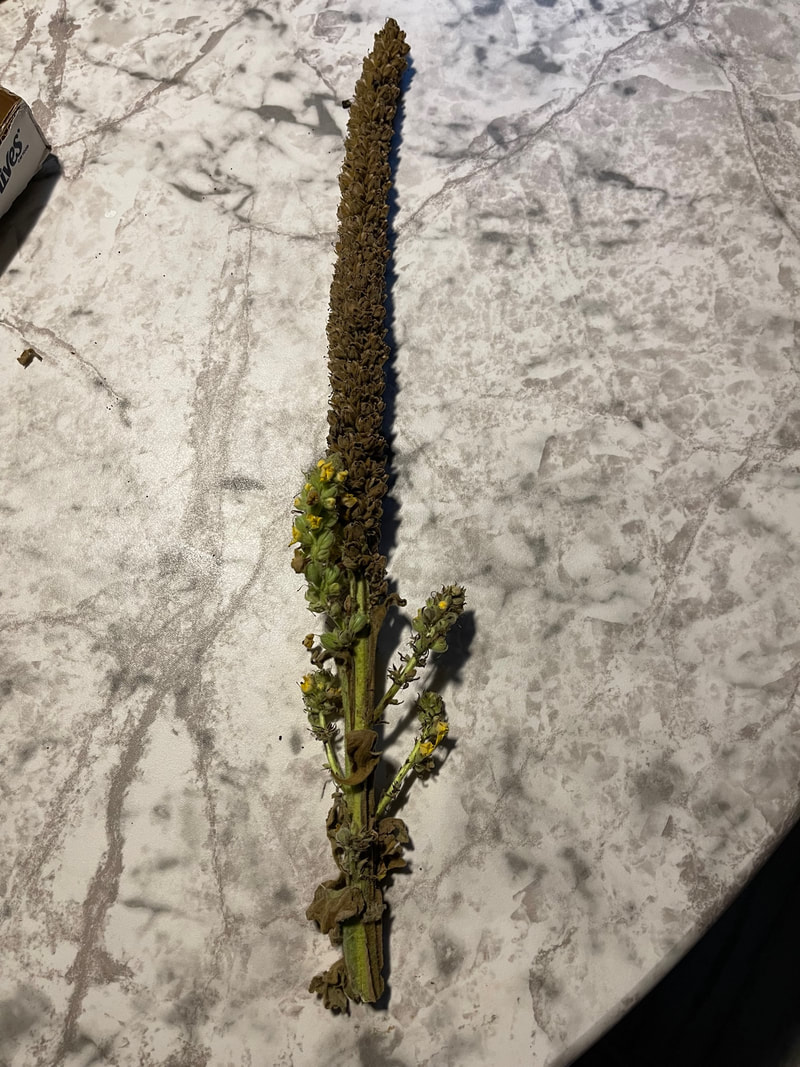
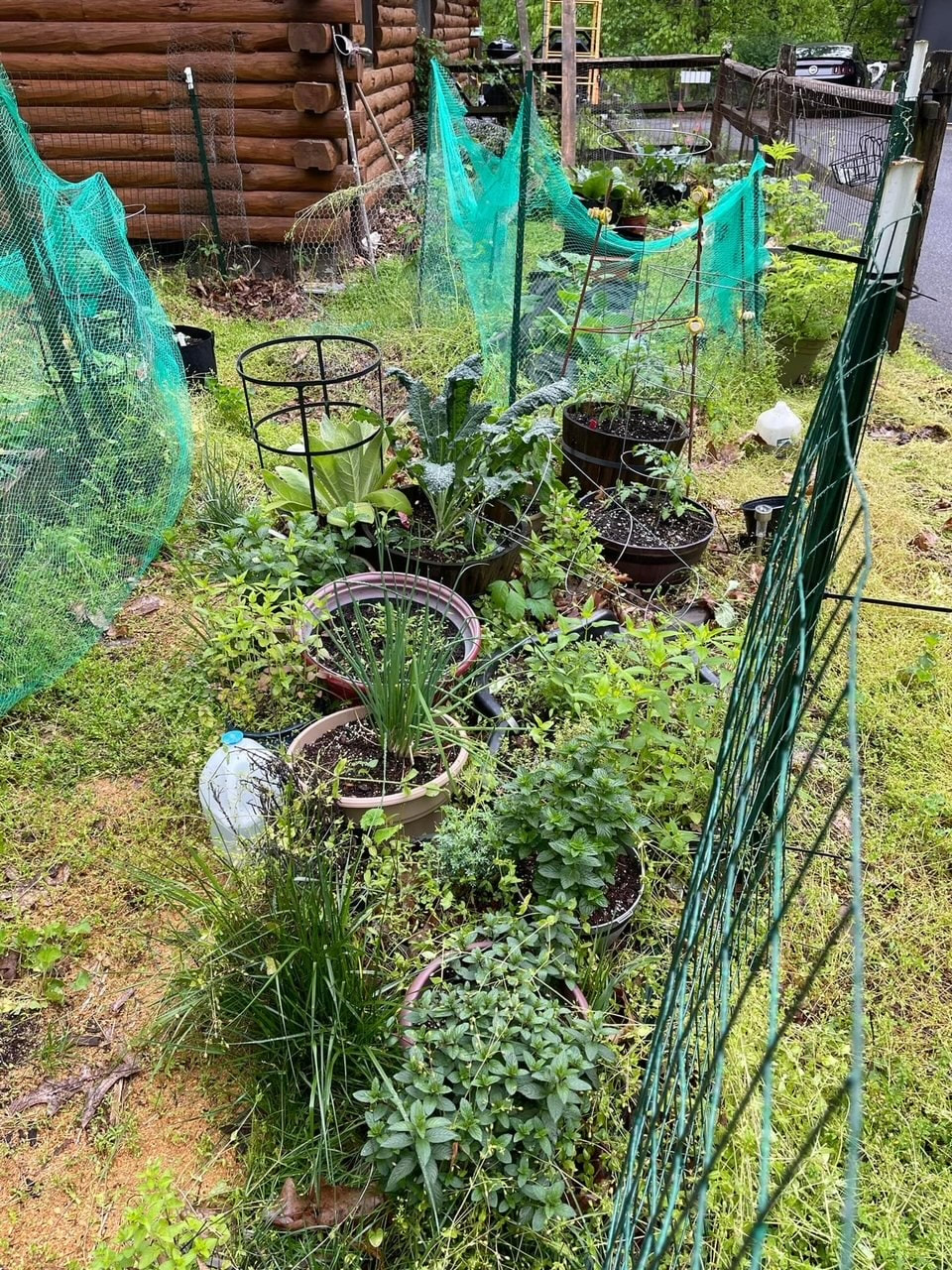
 RSS Feed
RSS Feed